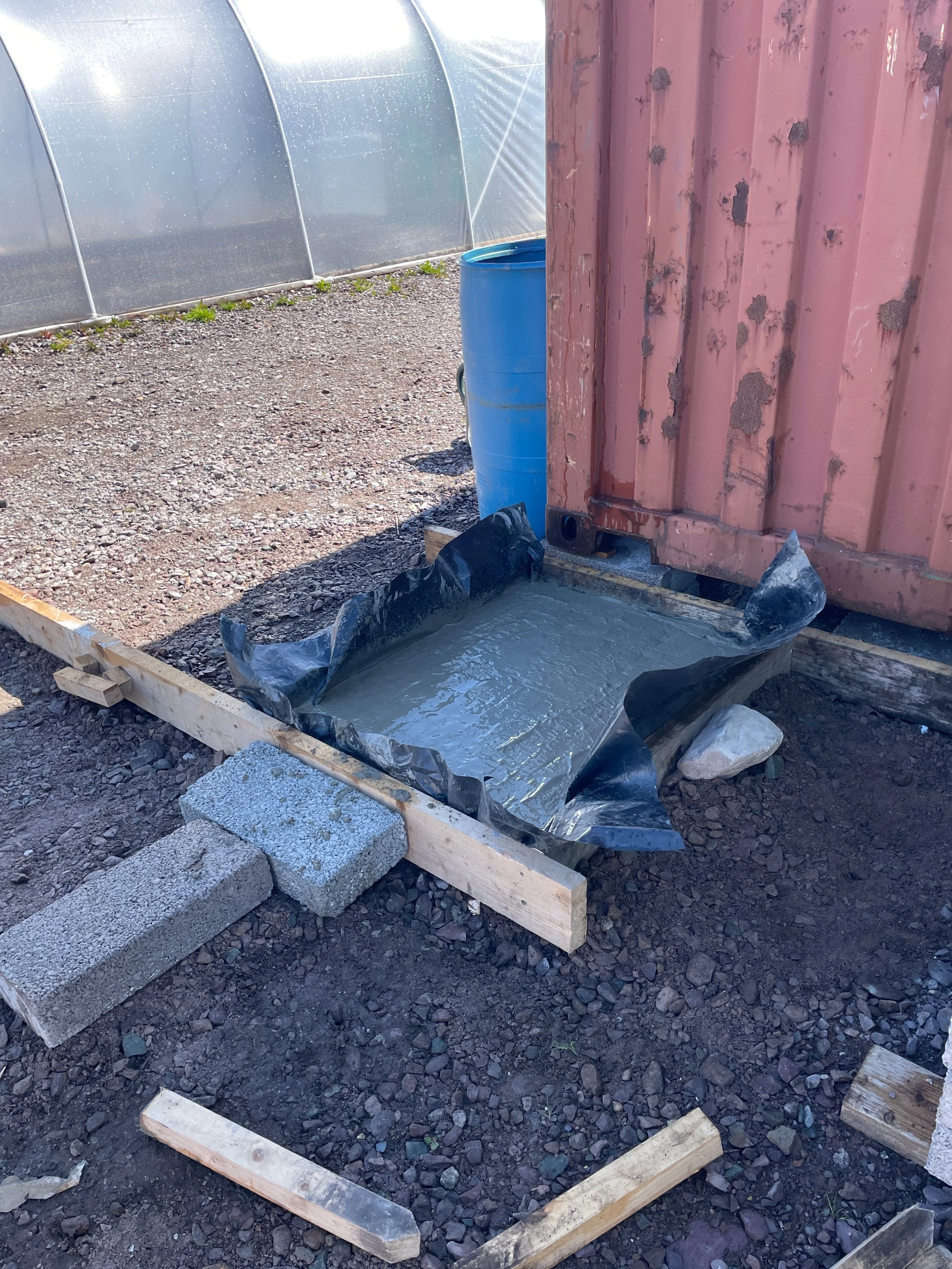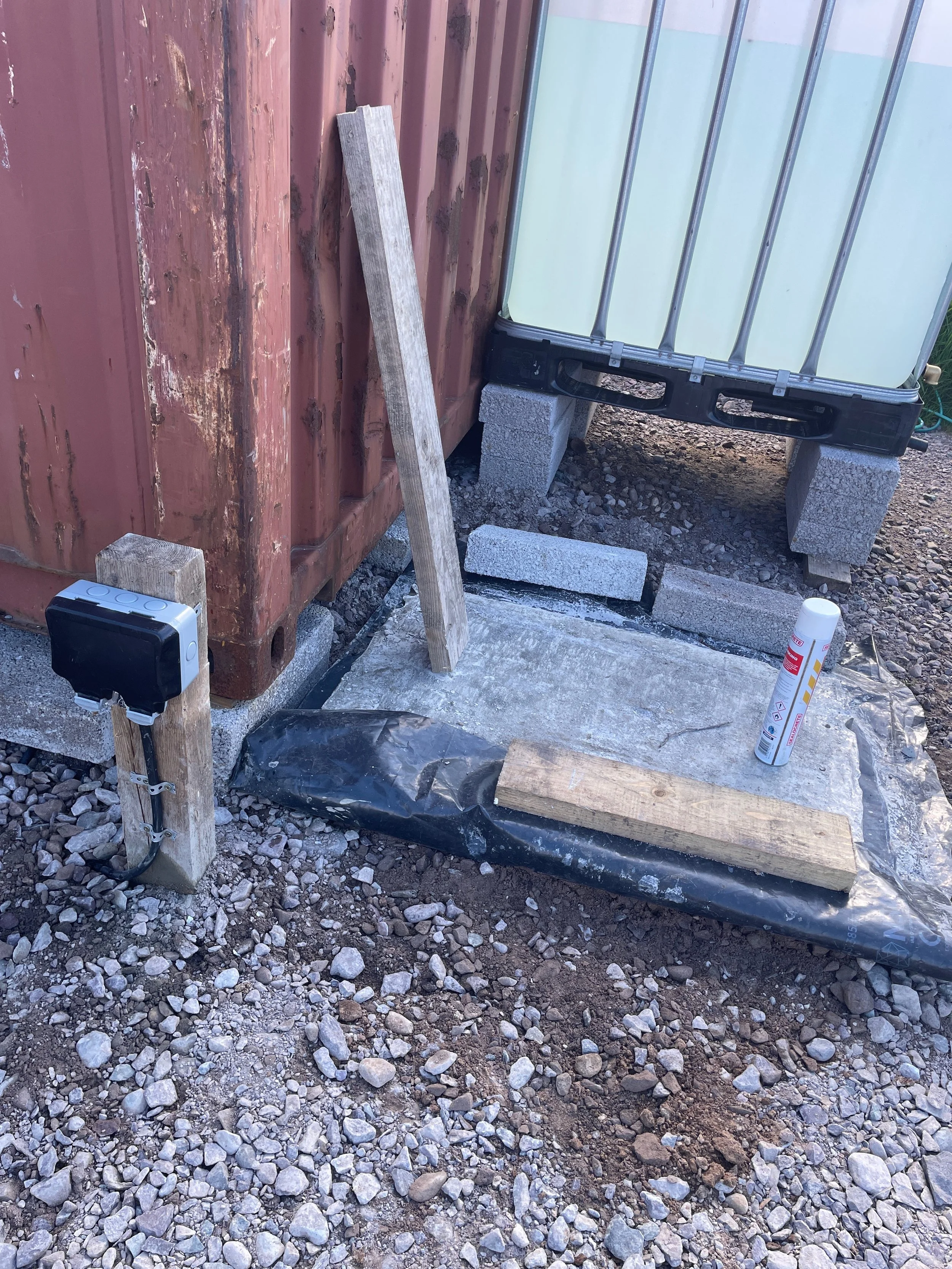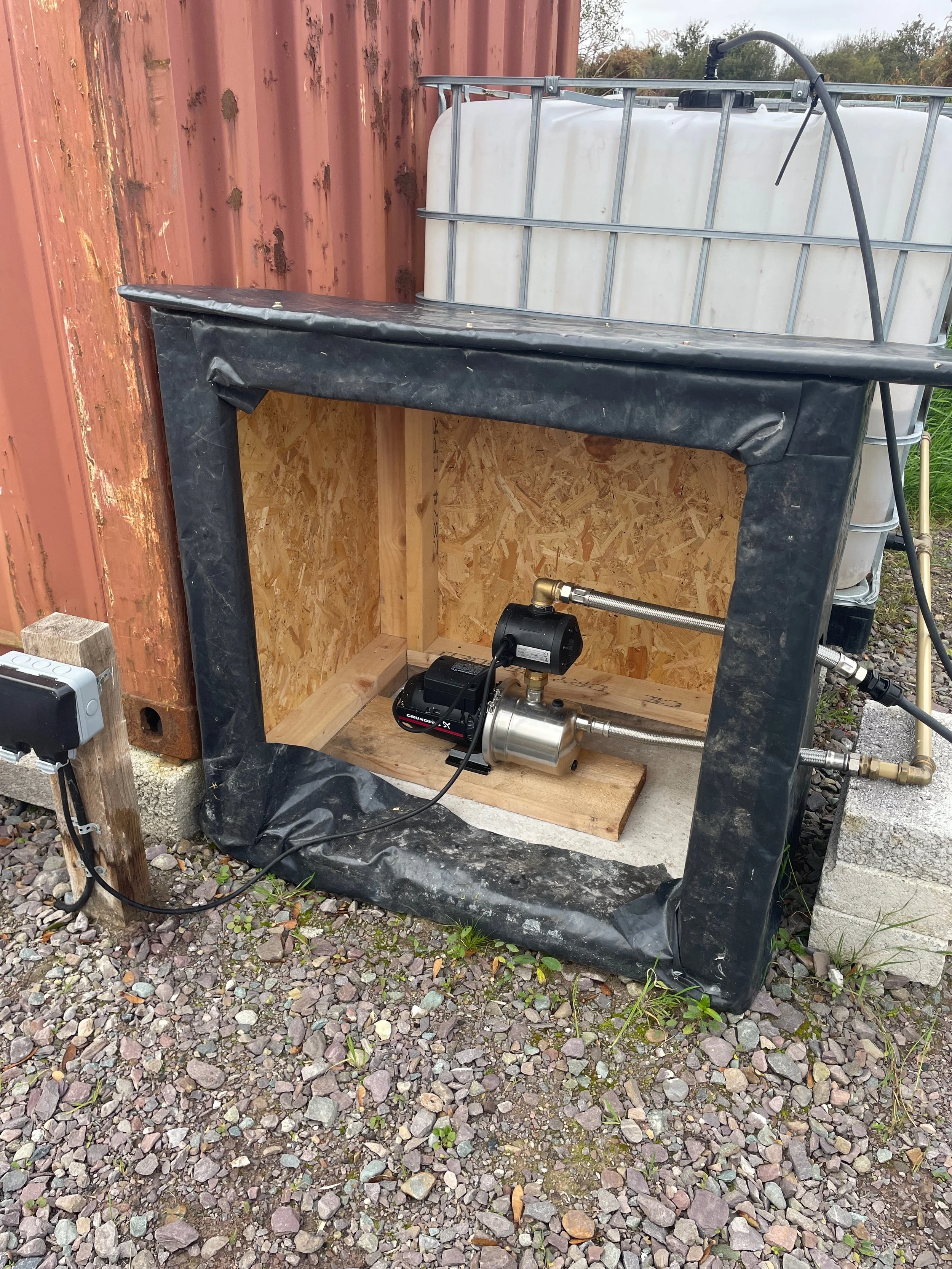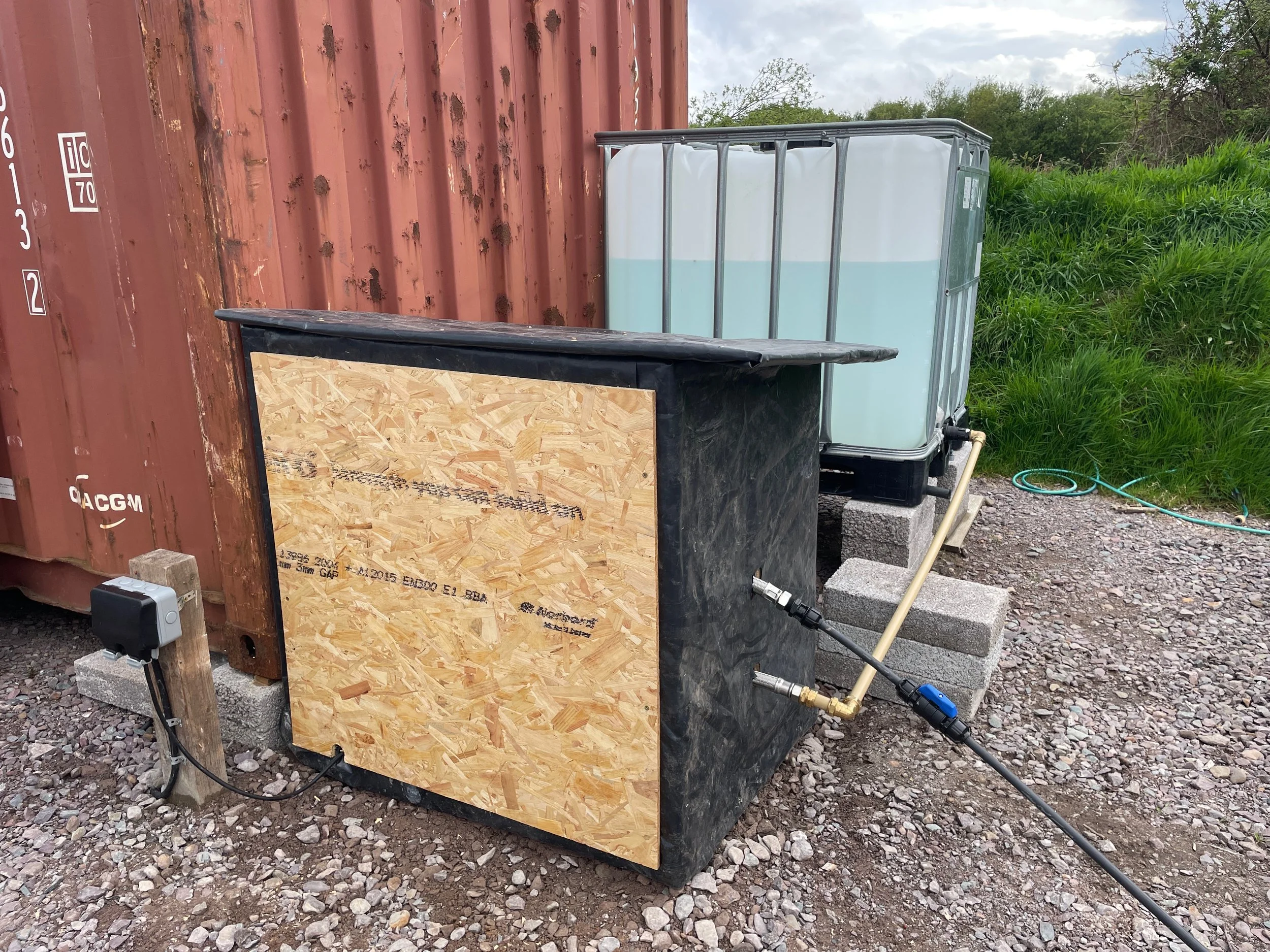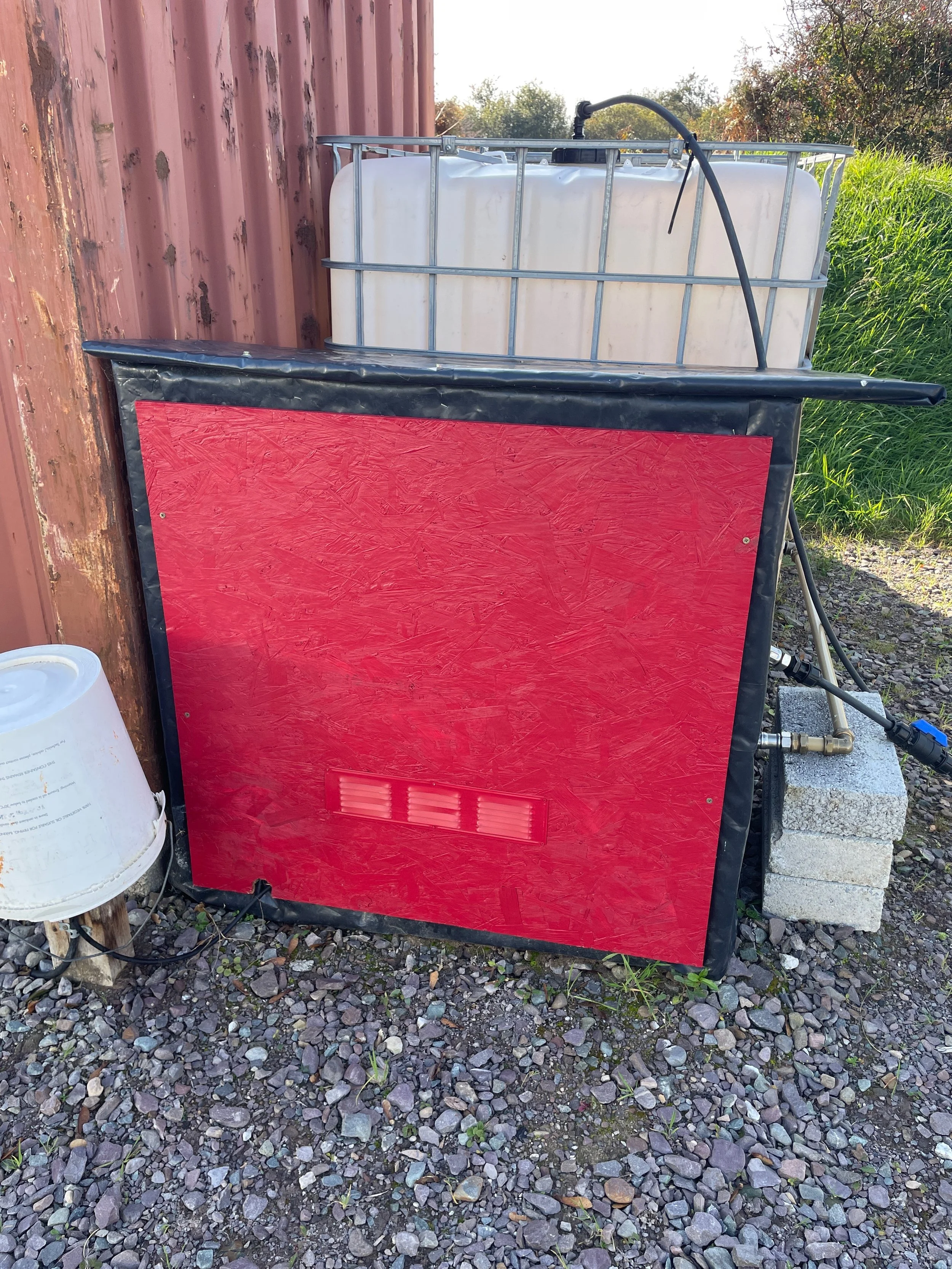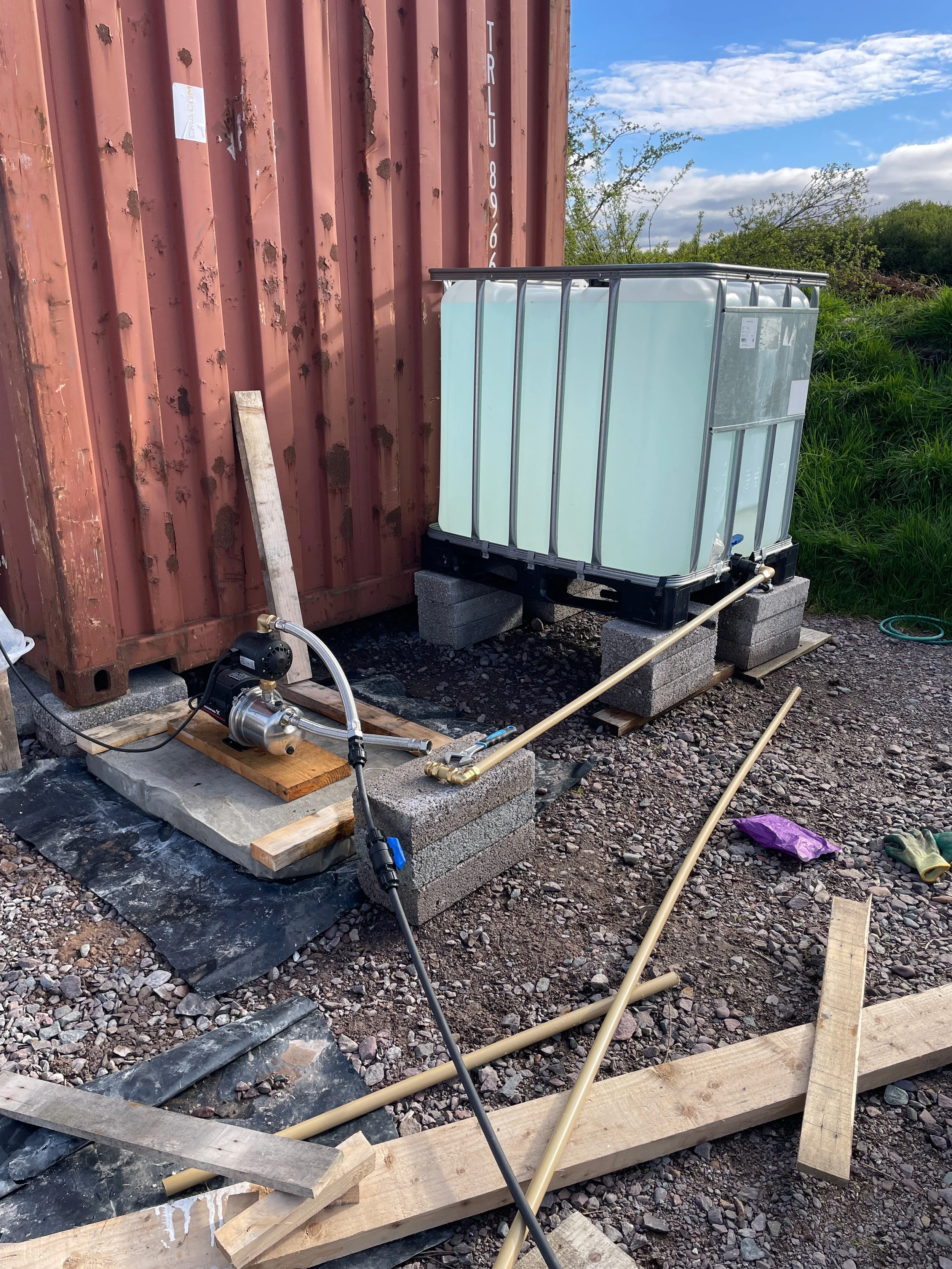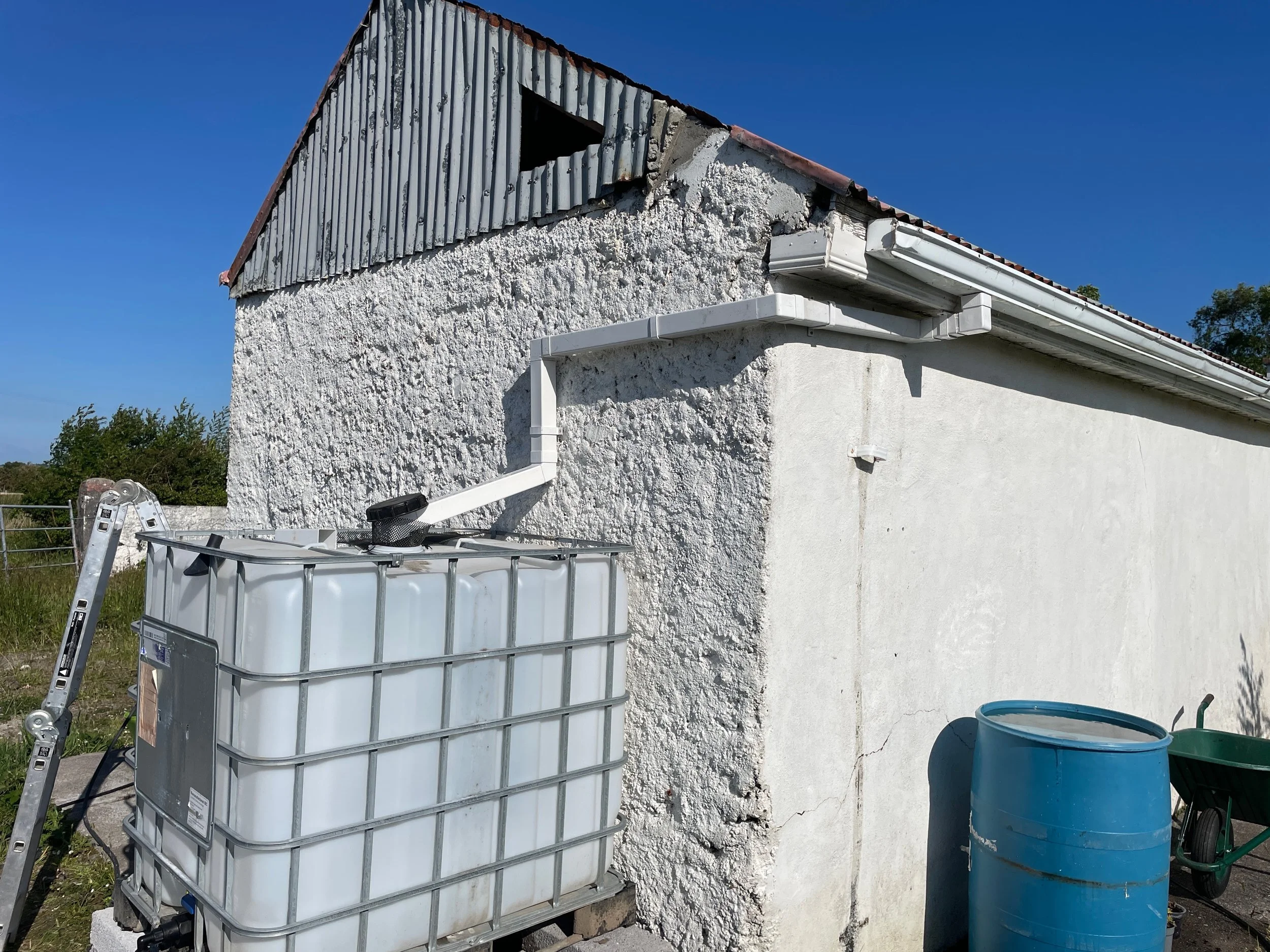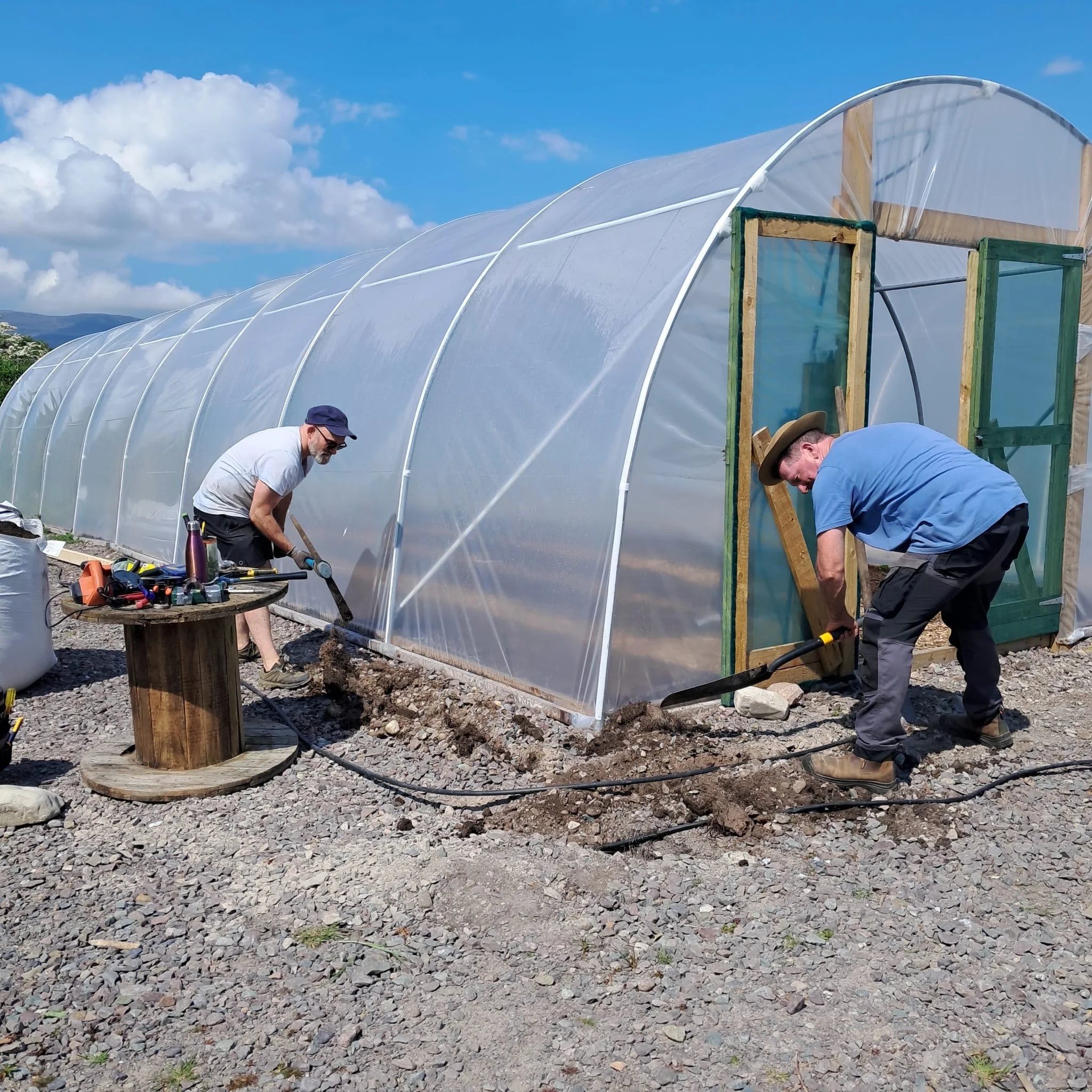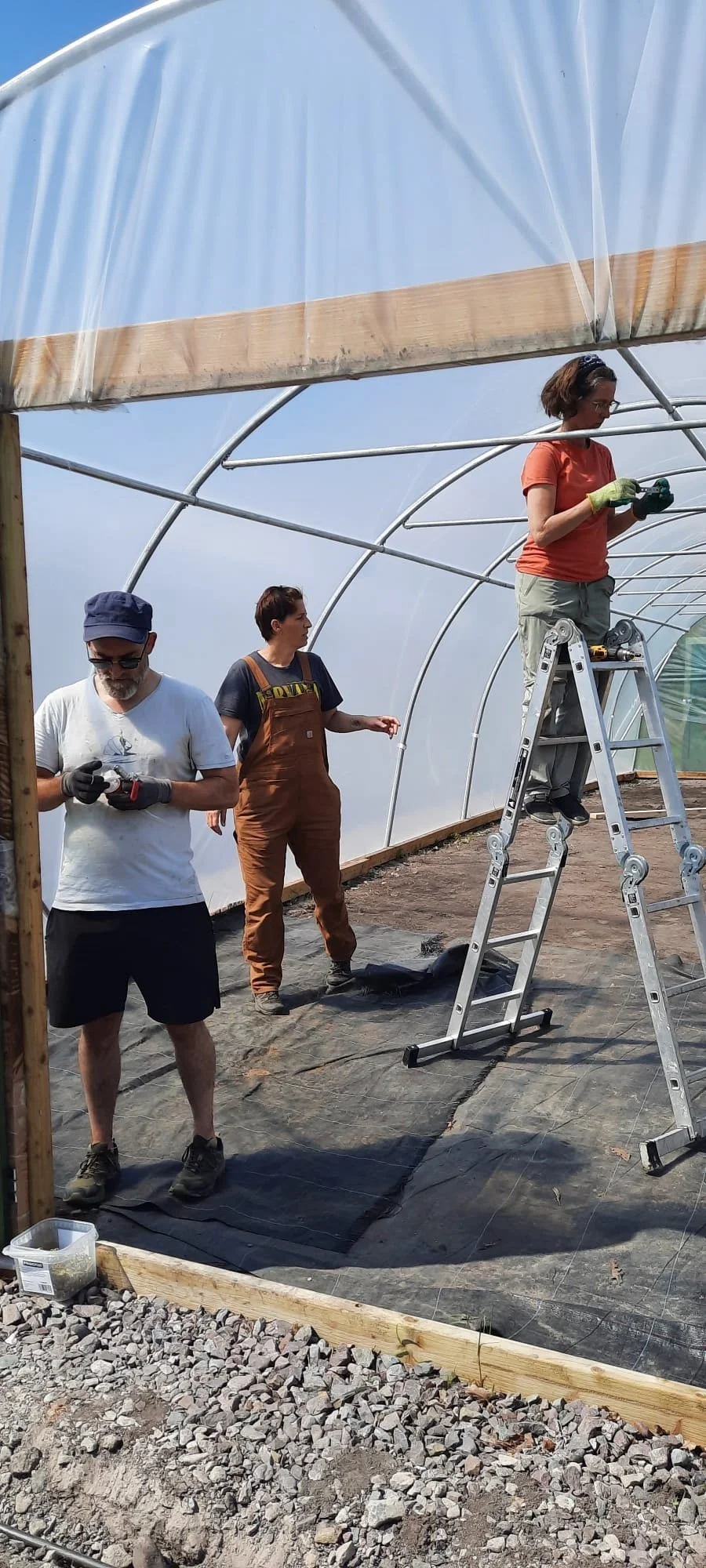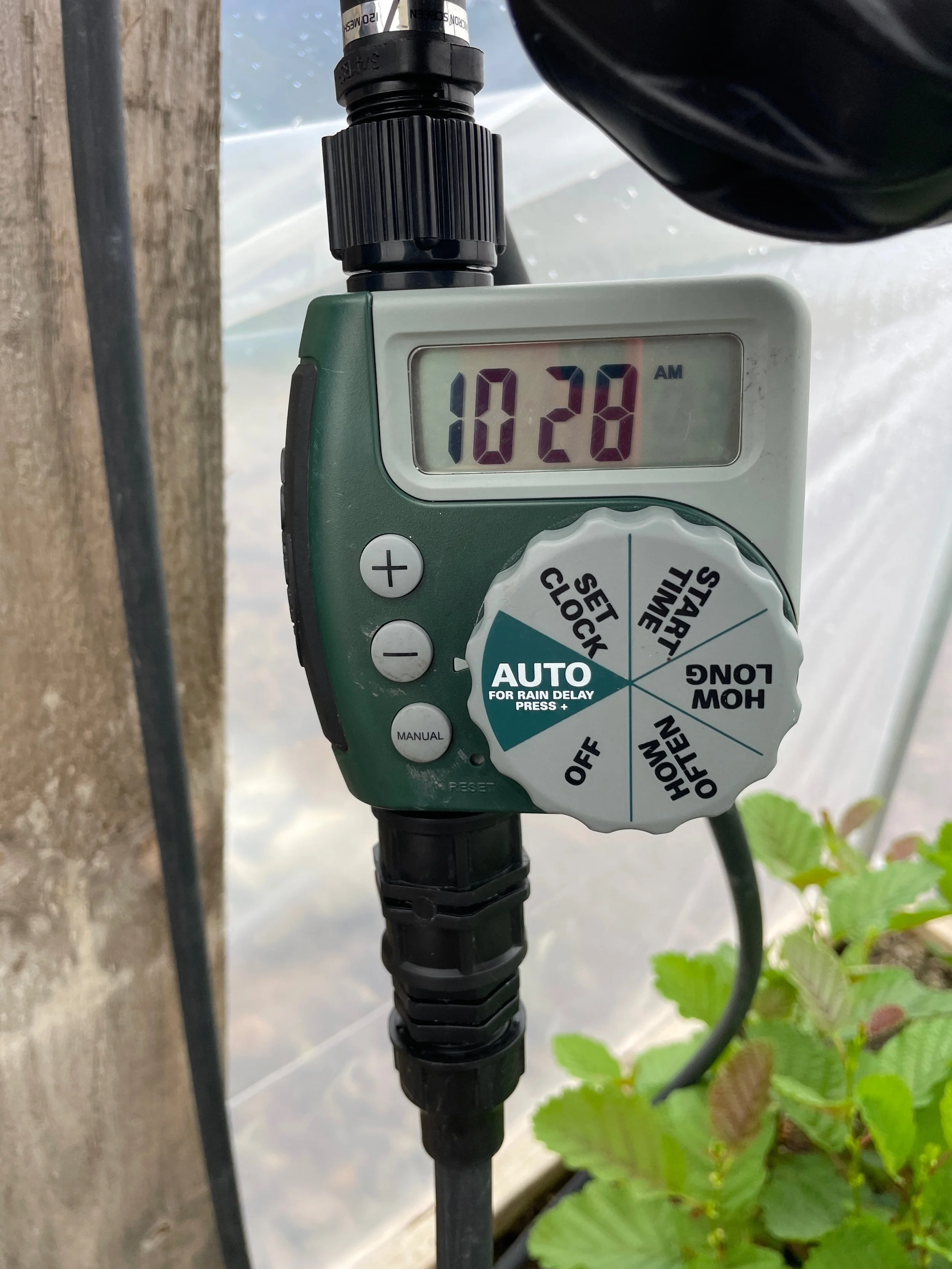Water for Polytunnels: A Sustainable Solution
At local roots, we're always looking for sustainable and efficient ways to grow our saplings. When we introduced two polytunnels, we also introduced a new challenge: how to water them effectively. Despite Ireland's often wet climate, polytunnels create a unique microclimate where rain never reaches the plants directly. This meant we needed a dedicated irrigation system.
Our initial thoughts immediately turned to the water source. Mains water, while readily available, comes with chlorine and fluoride treatments designed for human consumption, not necessarily ideal for growing plants. Furthermore, using mains water adds pressure to the public drinking water infrastructure. Our goal was to use as much captured rainwater as possible – it's free, doesn't contain added chemicals, and is environmentally friendly.
One of the first hurdles we encountered was the low water pressure from our mains water supply. Our tap pressure we measured at an approximate 0.2 bar (demystifying water pressure jargon) . This means we would not be able to directly run overhead sprinklers in the polytunnels. Our solution? A booster water pump. We ended up ordering a Grundfos JP 4-47 PM1 model (link). This kind of pump aims to maintain output pressure. It auto starts when pressure drops and stops again once the tap closes and pressure builds again. We installed the pump on a simple concrete base and to protect our pump from the elements, we built a simple wooden pump house.
Self priming pump feeds from IBC
For water collection, we discovered we could collect rainwater from the roof of the cottage into a first 1000 litre IBC (Intermediate Bulk Container) and then gravity-feed it down to our main 2000-liter reservoir. This gravity-fed system works because the cottage is positioned higher than the reservoir IBCs, allowing water to flow naturally without any additional power.
Capturing rainwater from roof
From the pump, we ran an underground half-inch agricultural black pipe to both polytunnels and an external tap, providing plenty of isolation points for easy control.
Digging in “½ inch normal gauge” pipe
Inside the polytunnels, we opted for overhead sprinklers from Fruithill Farms (link) . These sprinklers, positioned about every meter along a feeder pipe, do an excellent job of evenly distributing water. With the pump on, we achieve around 2 bar of pressure, delivering approximately 100 liters of water per minute (we're still fine-tuning the exact timing!).
Installing feeder tap, overhead pipe and sprinklers
To automate the watering process we installed Orbit timers. These timers are very user-friendly and ensure our plants receive water consistently. We also incorporated simple inline filters to prevent the sprinklers from getting clogged, especially due to algal growth, a common issue with rainwater that lacks chlorine.
An easy to use timer is a real bonus
Algal growth remains an open problem for us. While our filters help remove larger particles, we're actively seeking a bio-friendly treatment. One possibility could be barley corn husks which has natural anti-algal properties. Painting the IBCs to block out light, which inhibits algal growth, is another potential solution we need to explore.
Currently, we're watering every second day, delivering a significant amount of water. Being in Ireland, we often have enough rainwater to sustain us, although we did need to supplement with mains water during mid-summer. We're also exploring options for a well or other alternative water sources for the future.
The automated system, with timers and pump, has made a huge difference. The pump comes on, waters for 30 minutes, and we've seen consistent and healthy growth in our polytunnels. It's a far more efficient and manageable solution than manual watering, which wouldn't have been plausible for the scale of our operation.
